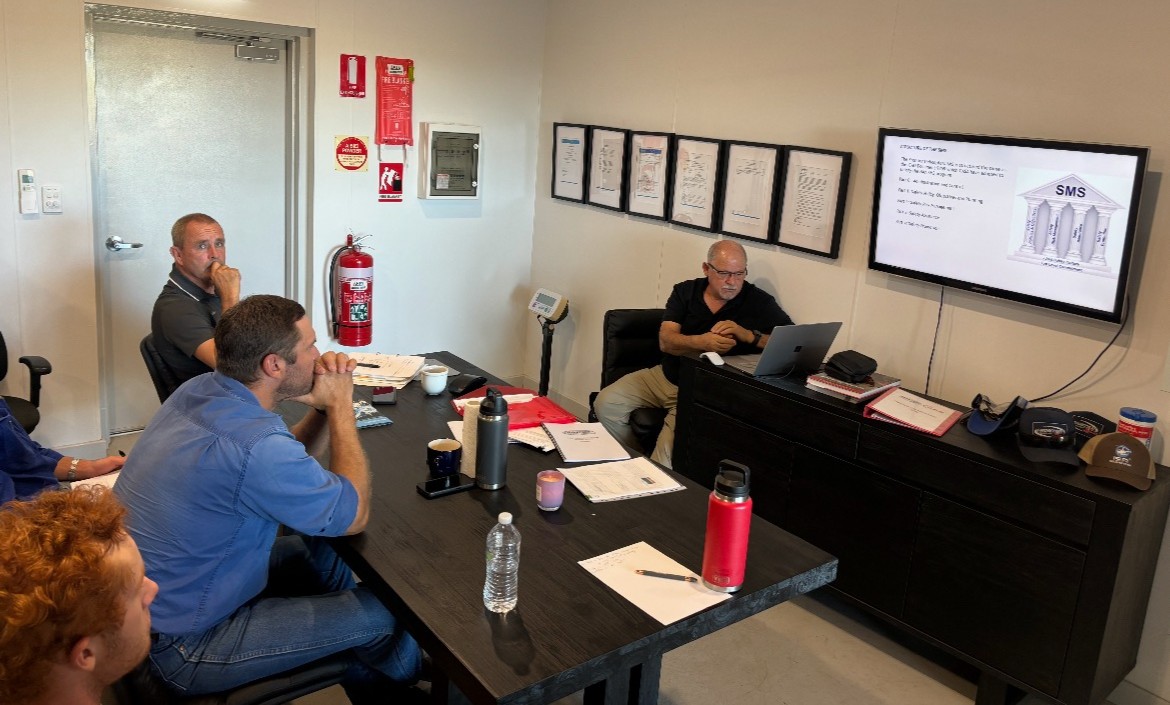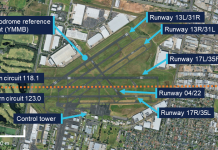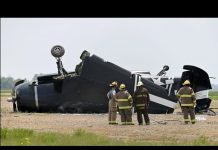
Gordon Armstrong is a safety manager at Frontier Helicopters, an air work, charter, tourism and maintenance operator in Kununurra in northern WA.
With a career spanning over 50 years, Gordon is a seasoned safety practitioner. He began his career as an apprentice maintenance engineer at Qantas in the 1970s. Since then, he’s worked in several safety roles, including a stint in the US working for Continental Airlines.
It was during his time in the US that Armstrong was first introduced to safety management systems (SMS). This period marked a significant shift in how both airlines and regulators approached aviation safety. In the wake of several high-profile accidents, the industry began to take a hard look at its practices, with a growing consensus emerging: ‘We need to stop killing people.’
We sat down with Armstrong to speak about his career, his current role as a safety manager and his experience working to develop safety management systems for a range of organisations in the aviation sector.
Can you tell us how you got into developing safety management systems within aviation?
My safety management system journey started off in the US. Back in those days, you never knew whether you’d get to your destination alive or not! In the 1990s alone, there were over 12,000 people killed in commercial aviation accidents. Something had to be done – and it was.
The 80s and 90s saw people like James Reason and Gordon DuPont develop accident causation models and the dirty dozen concept. This way of thinking began to become the basis of workable safety management systems at airlines and is still used today.
You’re currently a safety manager at Frontier Helicopters. How is Frontier’s safety management system integrated into its daily activities?
It all starts with having a good safety culture – and that comes from good leadership. Jock Warriner, our CEO, is a strong advocate for safety, and he makes it his top priority for all our activities. A big part of our implementation strategy is to get people on board with the safety messages from the moment they join the company. We do this through what I call ‘safety narratives’.
Safety narratives are a way to communicate aspects of the SMS by framing actions in the context of each staff member’s role. They are also an opportunity for Jock and myself to better understand individual safety concerns to help us continuously improve the SMS, as well as associated processes, procedures and databases.
By encouraging these safety narratives and the involvement of staff, we’re creating a just culture, that everyone feels like they own a part of, and in turn, fosters that strong safety culture.
It sounds like you’ve developed a great safety culture at Frontier Helicopters. What are some of the strategies you’ve used to ensure the overall safety messaging contained with the SMS is communicated to staff in both operational and non-operational roles?
Everyone needs to be on board with safety, from the Head of Flying Operations to someone working in the office; the SMS applies across the organisation and has many touchpoints.
To get everyone on the same page and singing from the same safety song sheet, we have mandatory standdown days that we dedicate to sharing the safety narratives, raising awareness of safety matters and getting the staff engaged, through dedicated training programs.
In the training programs, I use the analogy of an ‘umbrella’ to illustrate the SMS. Underneath the umbrella are all the safety initiatives we have keeping us safe. But I pose the question: what could happen that would make us step out from under the umbrella? Would it be things like the dirty dozen or other human factors issues? Then I ask, what can be done to bring ourselves back under the umbrella? Is it an ethical, organisational culture, or personal minima solution that needs to be addressed?
Did you face any challenges implementing the safety management system at Frontier Helicopters?
Implementing something like an SMS can involve many factors depending on the size of the organisation. The SMS itself shouldn’t be complex, but the challenge of bringing people along for the journey can give even the most well-intentioned safety manager some headaches!
Challenges arise from people’s propensity to resist changes. Change can be a scary thing. When I was approached by Jock Warriner to introduce an SMS, I have had 100% support which has resulted in definite shift in the cultural attitude in Frontier Helicopters. Workers who have been doing a job a certain way for 20 or 30 years might have the attitude of, ‘Why do I have to change the way I’m doing something now that’s never been a problem in the past?’
Challenging the way people think about safety can be a struggle if not done with tact and guidance.
Has there ever been a time where you’ve identified a risk that wasn’t initially apparent, and how did you handle it?
Some risks are obviously more obvious than others. One that came as a bit of a challenge – rather than a surprise – was people!
A person’s perceptions, attitude and appetite for risk are often based on their previous experiences. If employees aren’t on the same page with safety, that can be significant risk. It’s about ensuring everyone knows ‘how things are done around here.’
Along with the umbrella method I mentioned earlier, I also introduce the concept of ‘heart knowledge’ to staff. People can have all the technical expertise in the world – their ‘head knowledge’ – but at the end of the day, would someone intentionally do something that would put the safety of themselves or a colleague at risk if it meant they wouldn’t be going home to their family that night?
What advice would you give other operators or safety managers who are wanting to develop and implement an SMS?
First, you need to customise your SMS to the type of operations you’re undertaking. For Frontier, we’re working in regional and remote locations, so what might be applicable for us, won’t be suited to another operator in a metropolitan location.
Next, you need to ensure your safety messaging and intent are conveyed clearly within the organisation to ensure staff are brought along for the journey. Communicating up is also crucial. Managers and the CEO must be safety advocates, which demonstrates to the operation that being safe is the number one priority.
Last, I cannot stress the heart knowledge concept enough. When defining the hazards and risks, bring it back to the basics – what are my personal minimums, what are the risks I’m comfortable to accept, and what am I comfortable with doing that won’t put the safety of myself and my colleagues and the organisation in jeopardy.
Further reading
- Think about what you’re doing: the basics of SMS
- Safety culture and SMS: They go hand in hand
- Access a range of resources on the CASA website including our popular SMS resource kit to help you develop your SMS.





Comments are closed.